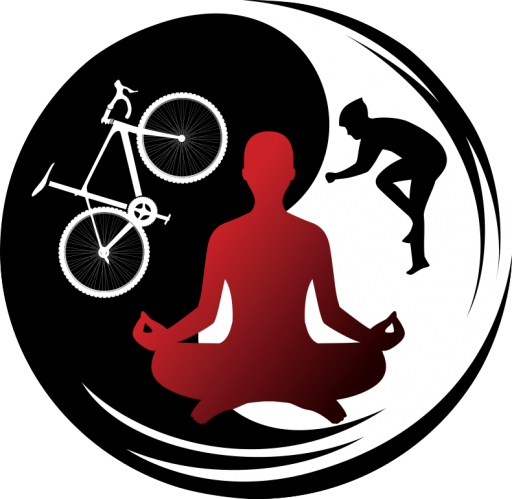Knee Movement 101
Knee Joint Movement 101 — Osteokinematics and Arthrokinematics
There are two joints at the knee — tibiofemoral and patellofemoral. The tibiofemoral joint experiences forces between the femur and tibia and operates as a modified hinge joint; whereas, the patellofemoral saddle joint operates primarily as an extensor mechanism to increase quadriceps leverage (moment arm).
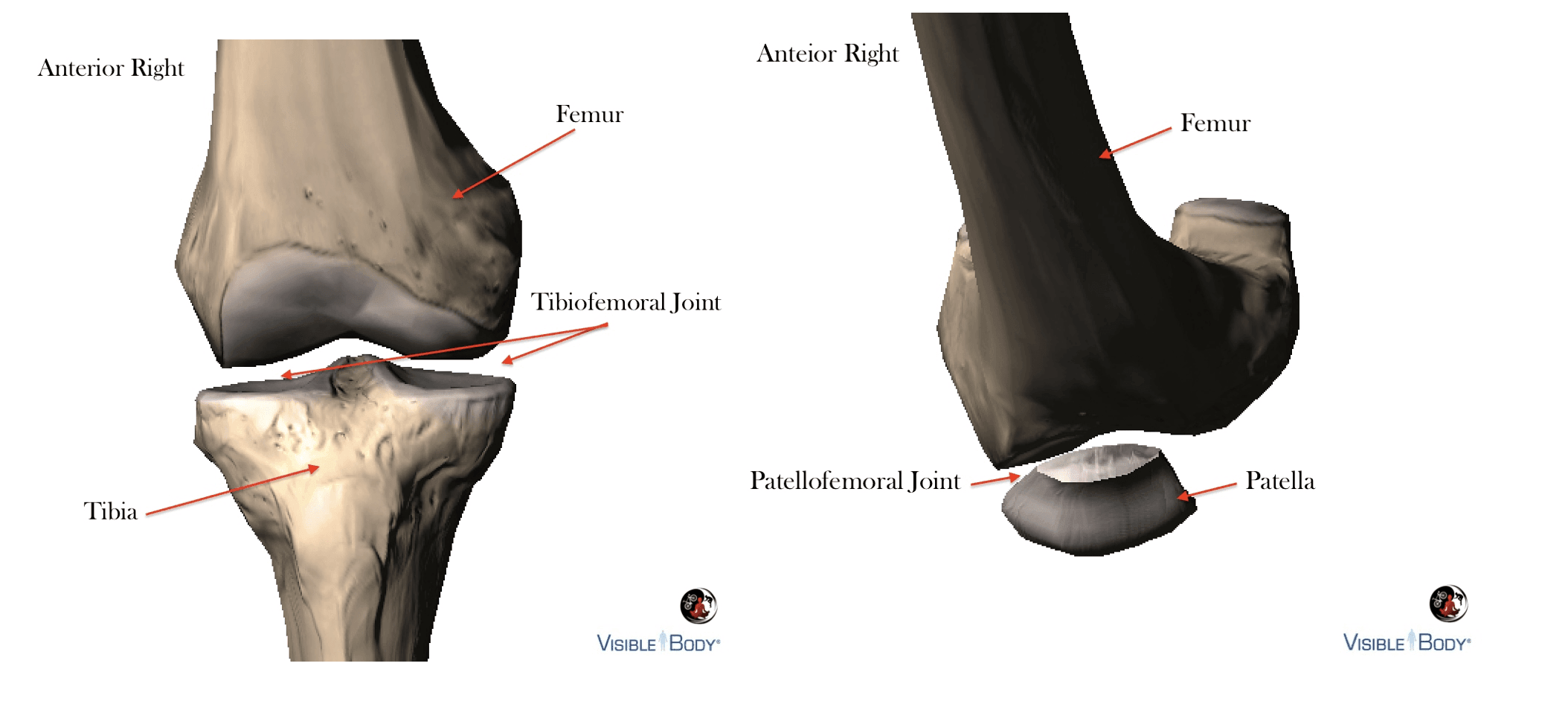
Kinematics describes human movement in three-planes and three-axes.

The relationship between a plane and its axis can be easily seen as plane/axis in the context of a 3D coordinate system.
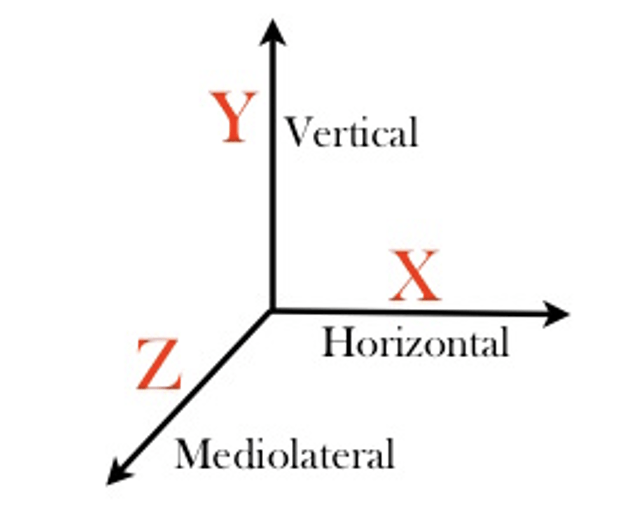
An example of these planes/axes applied to the knee joint.
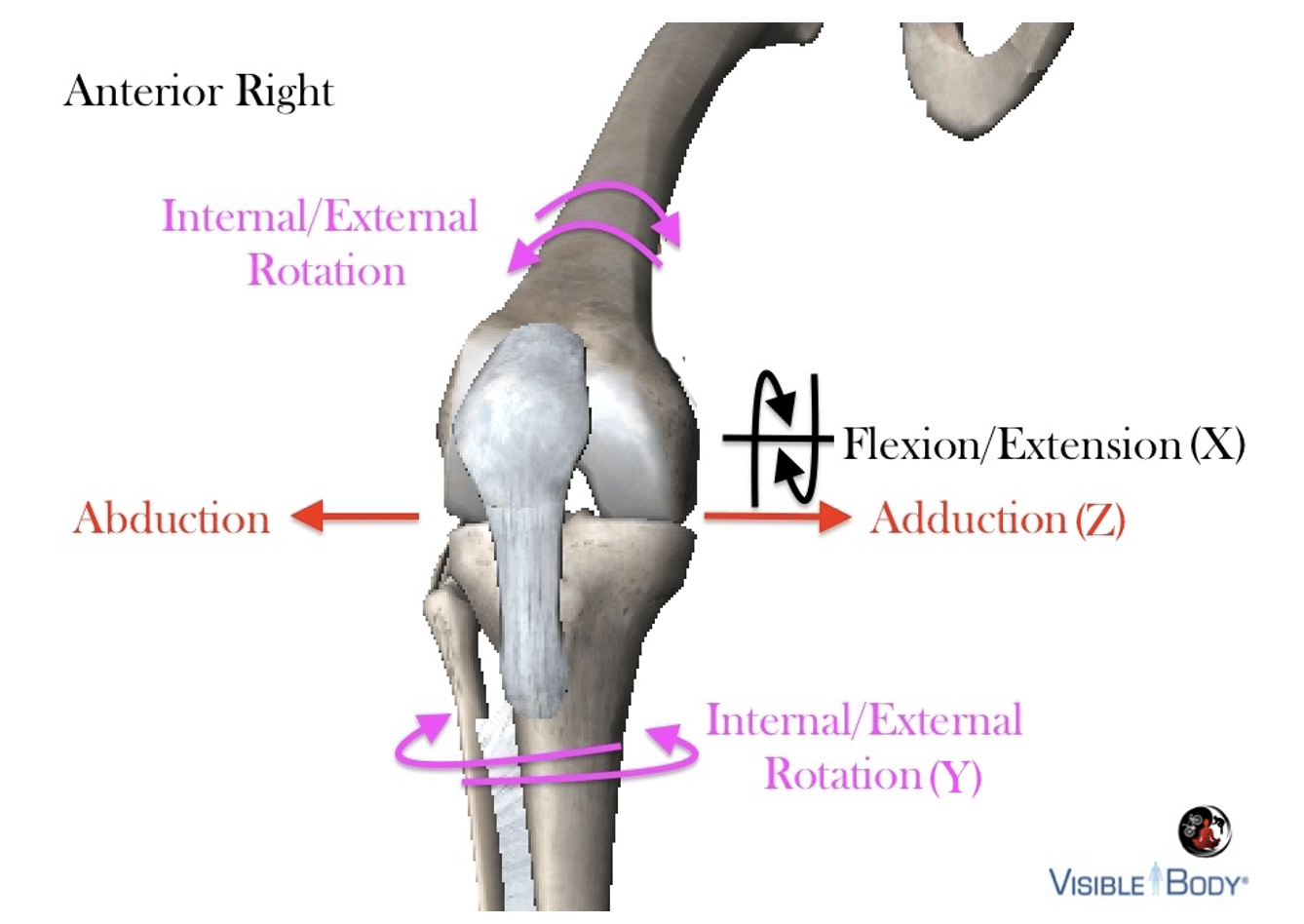
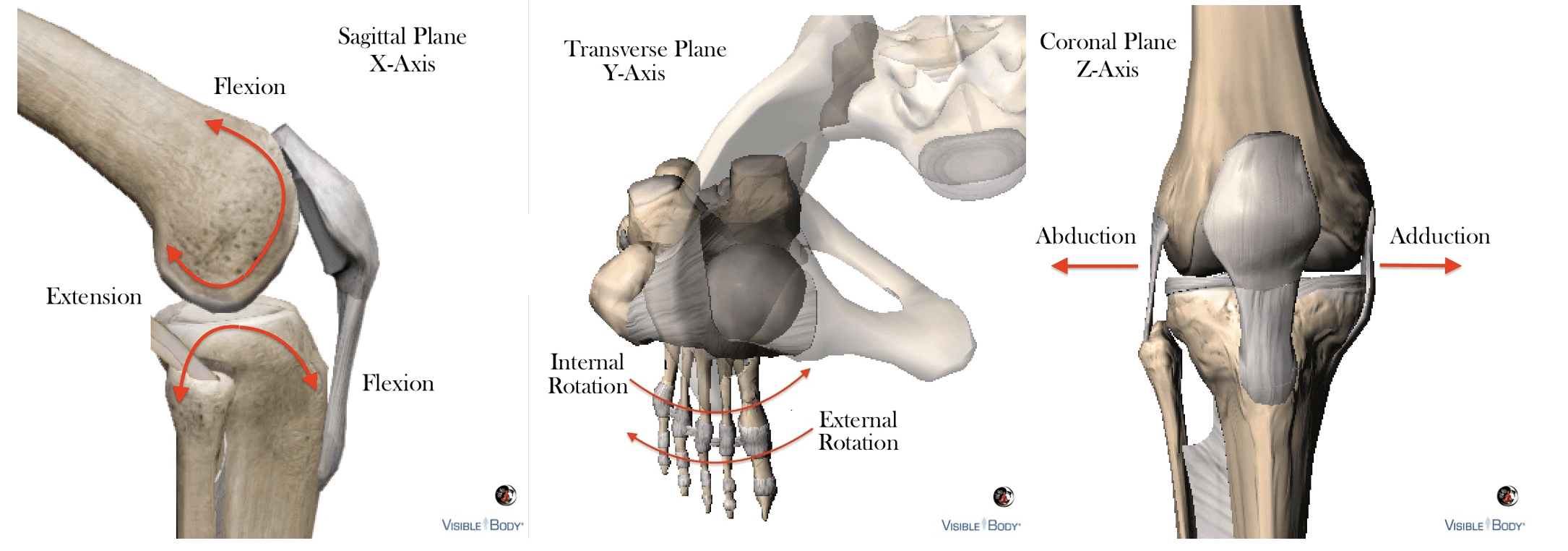
It is imperative to understand how bones move in relation to joints (Osteokinematics) and the manner in which joint surfaces move in relation to adjoining joint- surfaces (Arthrokinematics) to understand the complexity of knee function.
Osteokinematics pertains to the mechanical properties of bone movements at synovial joints relative the joints’ central axis of rotation.
The tibiofemoral joint is considered triaxial, moving in three planes around three axes, giving it three degrees of freedom – flexion/extension, adduction/abduction and internal/external rotation.

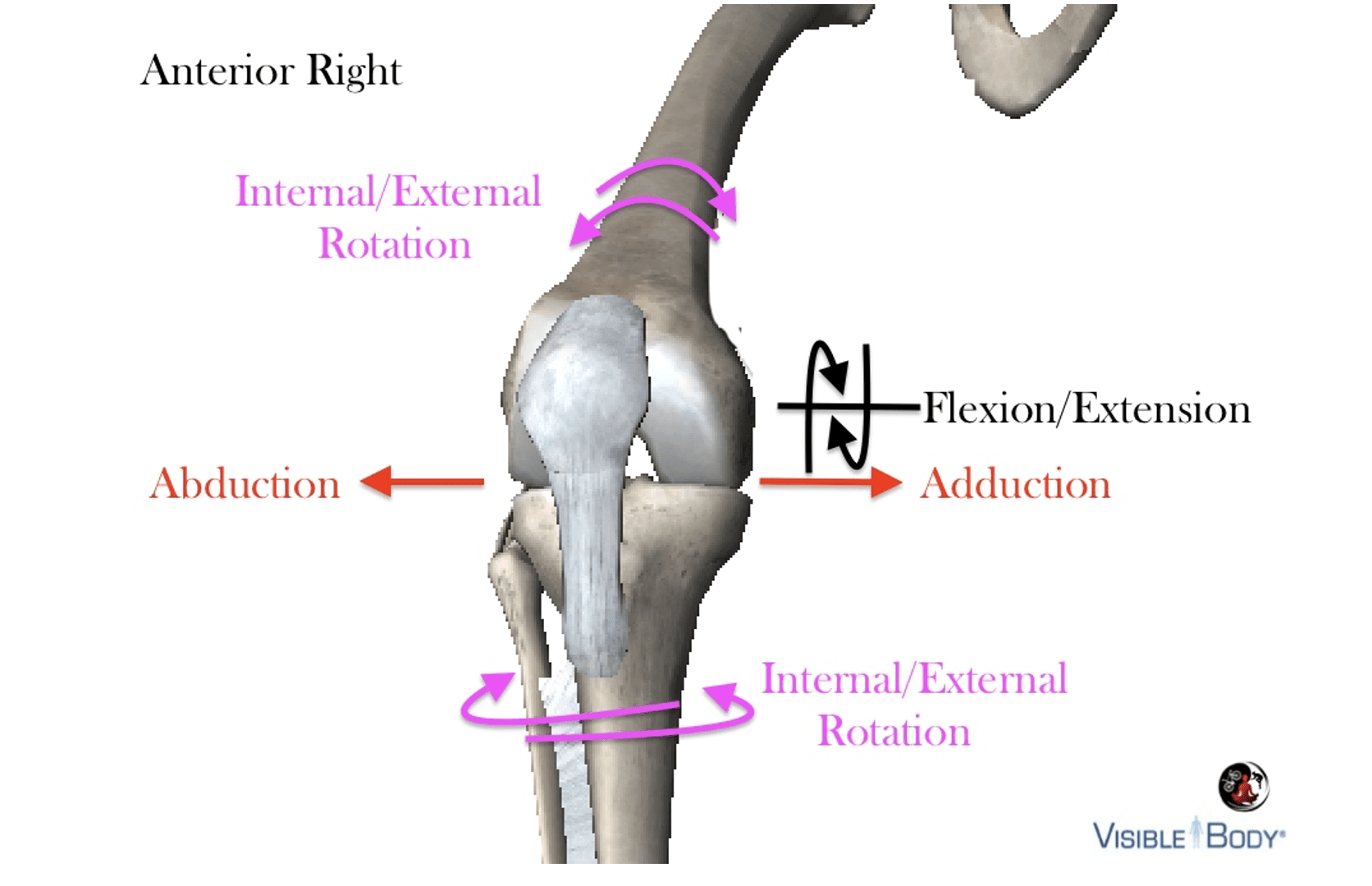
Arthrokinematics is concerned with how joint surfaces move in relation to each-other – primarily involuntary roll, glide and spin characteristics that ensure stability and joint congruence during movement.

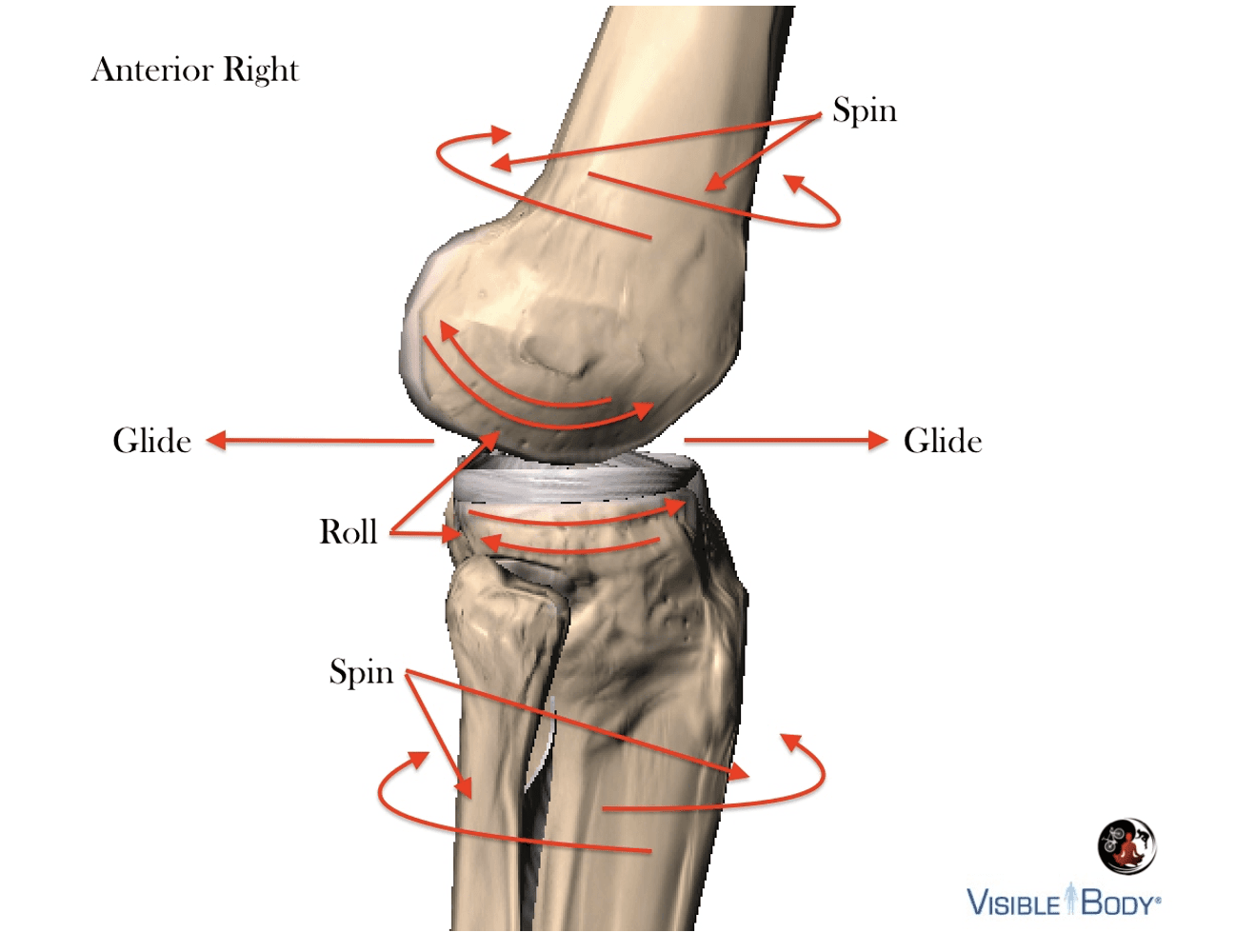
Tibiofemoral roll & glide are necessary for effective tibiofemoral flexion and extension – without them the larger femur would simply roll off the tibia and/or vice-versa.
Patellofemoral movements are primarily arthrokinematic because it is a synovial glide joint.

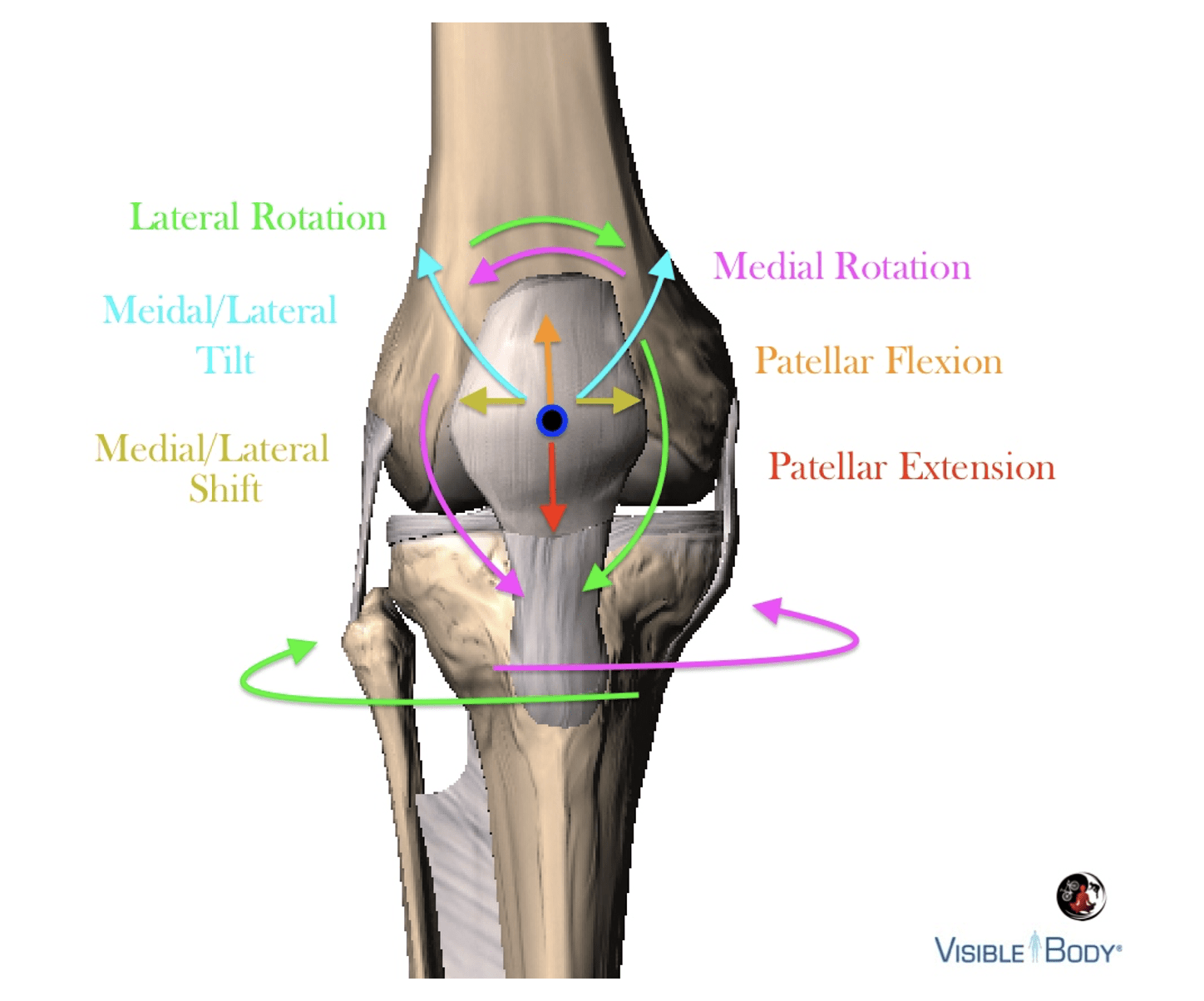
Combined Osteokinematic and Arthrokinematic Movements of the Knee Joint
Coronal Tibiofemoral Joint
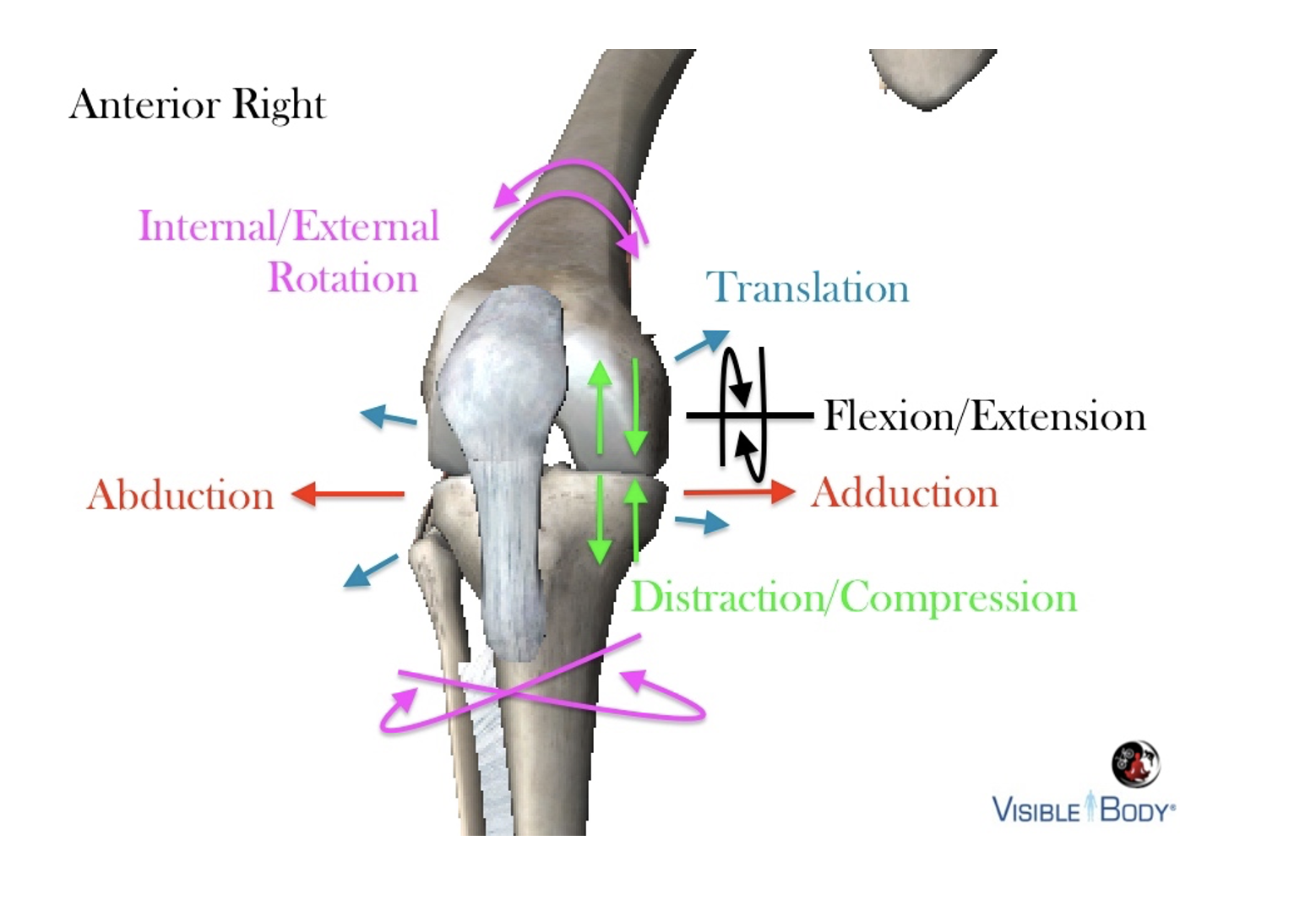 Sagittal Tibiofemoral Joint Movement
Sagittal Tibiofemoral Joint Movement
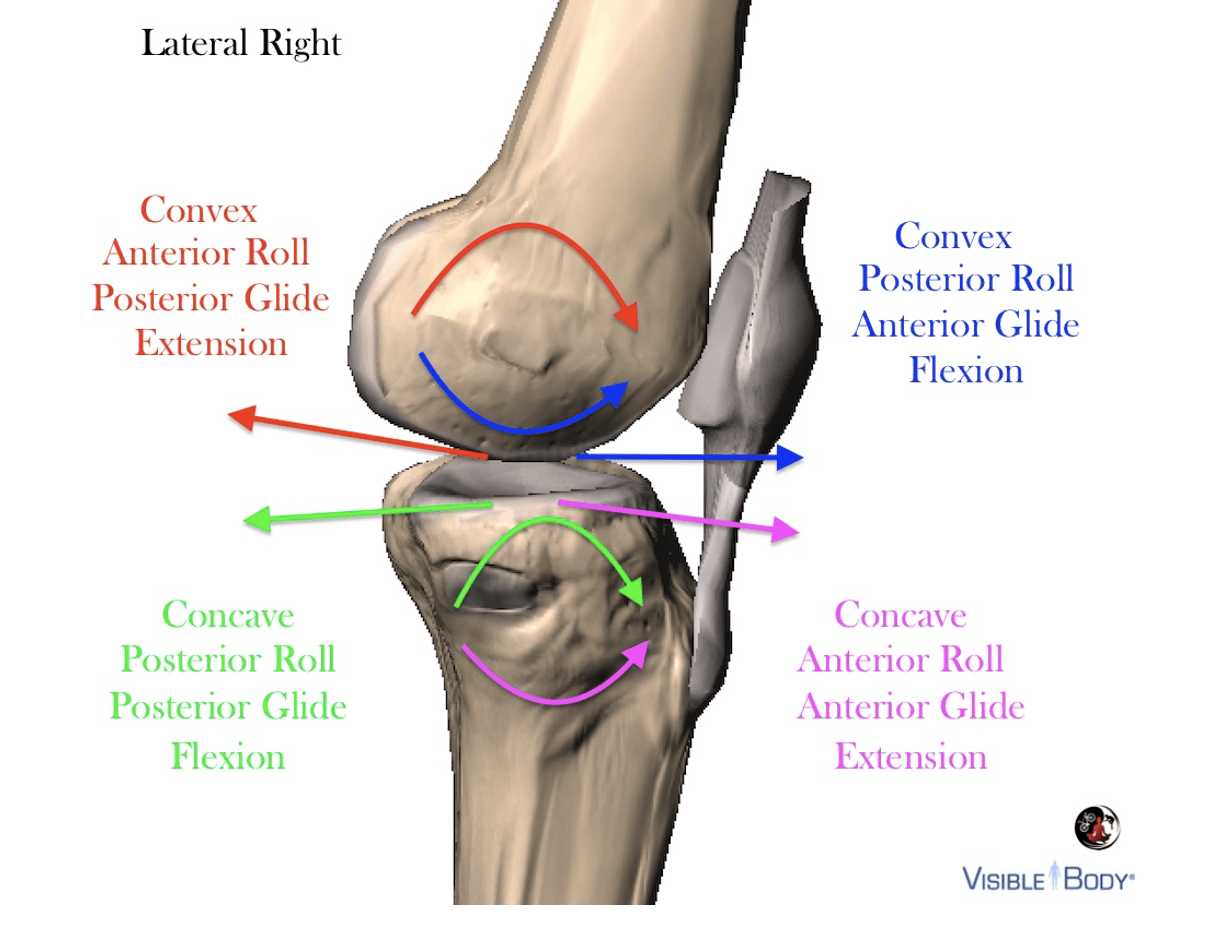 Coronal Patellofemoral Joint Movement
Coronal Patellofemoral Joint Movement
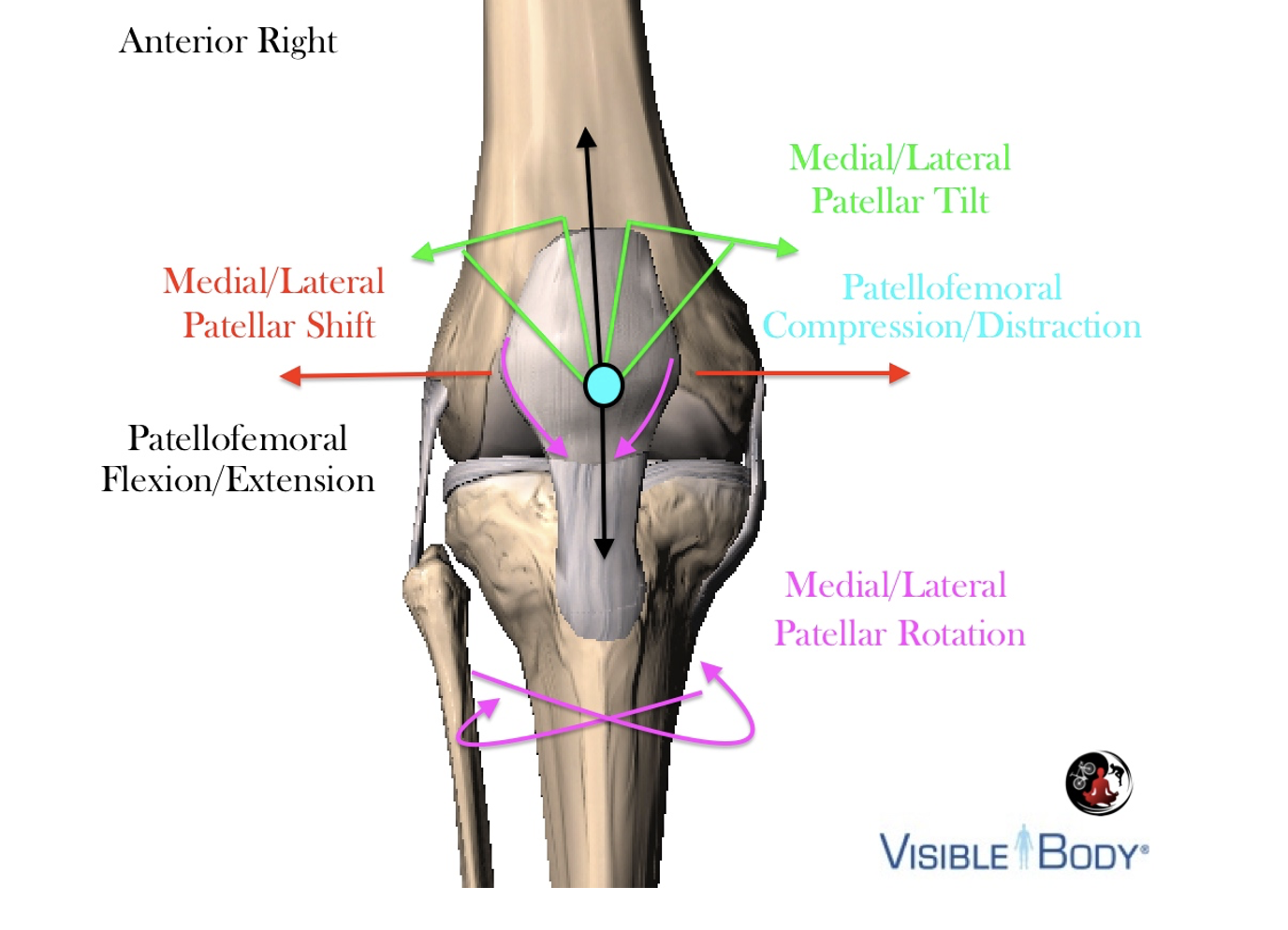
It is important to recognize that the shapes of these components varies between individuals, so what might be “bad” for one person could be completely normal for another. Hopefully you can see that using lasers on the knee with the intention of establishing vertical patellar tracking is illogical in the context of these joints.
The key to good bike fitting is knowing what adjustments will relieve symptoms and/or produce more effective muscle recruitment patterns.
